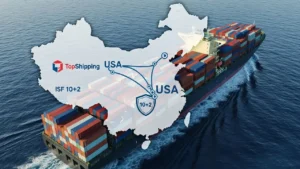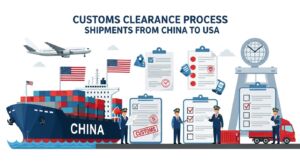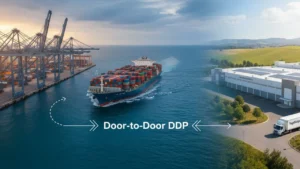When importing goods from abroad, a foreign land’s great care should be taken that all the required paperwork and documents are in order.
This will ensure smooth customs clearance without potential problems.
Every country has its laws and rules on customs, and one should acquaint oneself with them.
Much depends on the origin of the goods, which is where the document requirements tend to change a great deal. Importing into the UAE from China may require different permits or licenses, or even different types of documents, as compared to importing into Saudi Arabia from the same origin.
Failure to provide any one of these basic documents may lead to heavy repercussions: the goods are detained at customs, entering vigorous testing or re-testing, thereby adding higher charges to waiting time. In addition, there may be fines imposed or the shipment rejected outright.
Detailed knowledge of basic documentation can be really useful to avoid all such mishaps and successfully maneuver an import operation.
Herein, we outline the important details pertaining to the papers and documents that are a must for imports.















